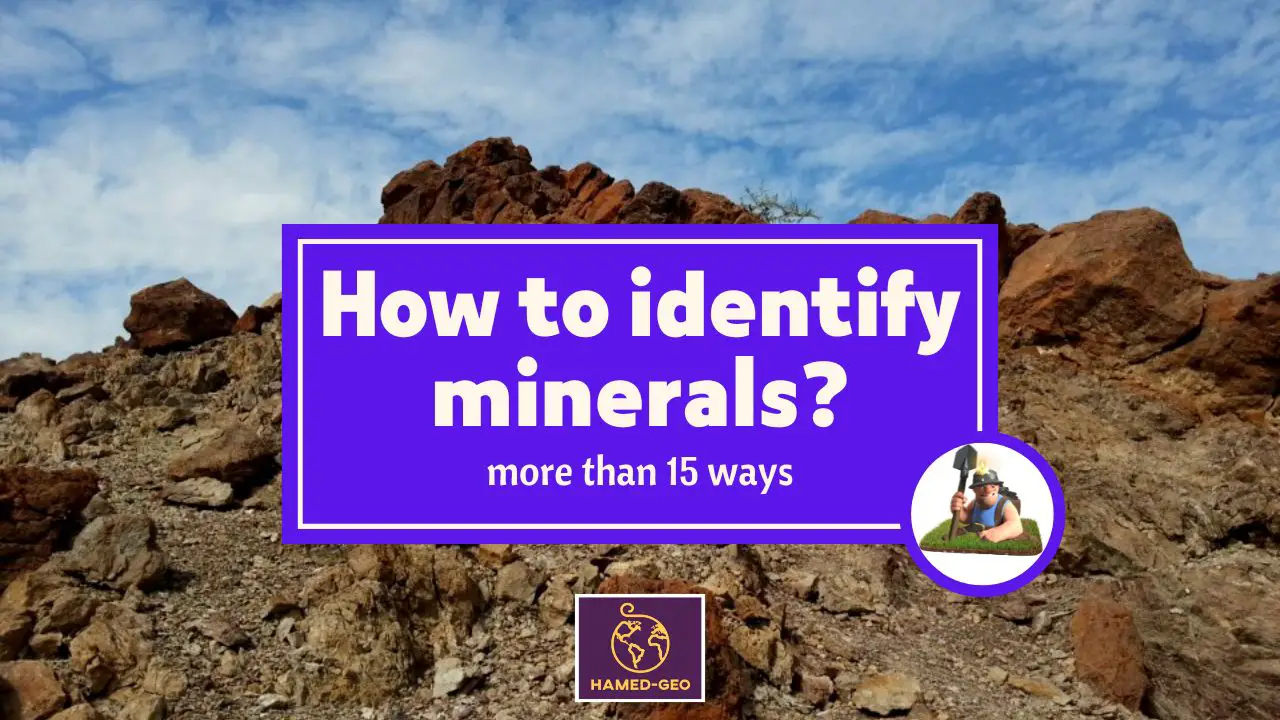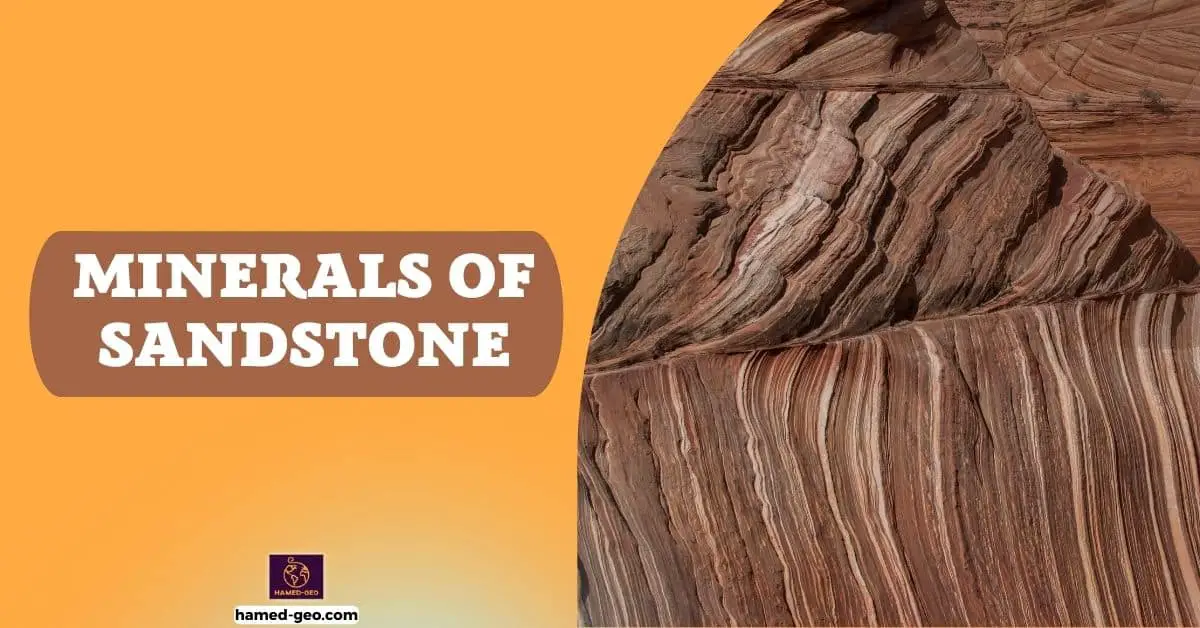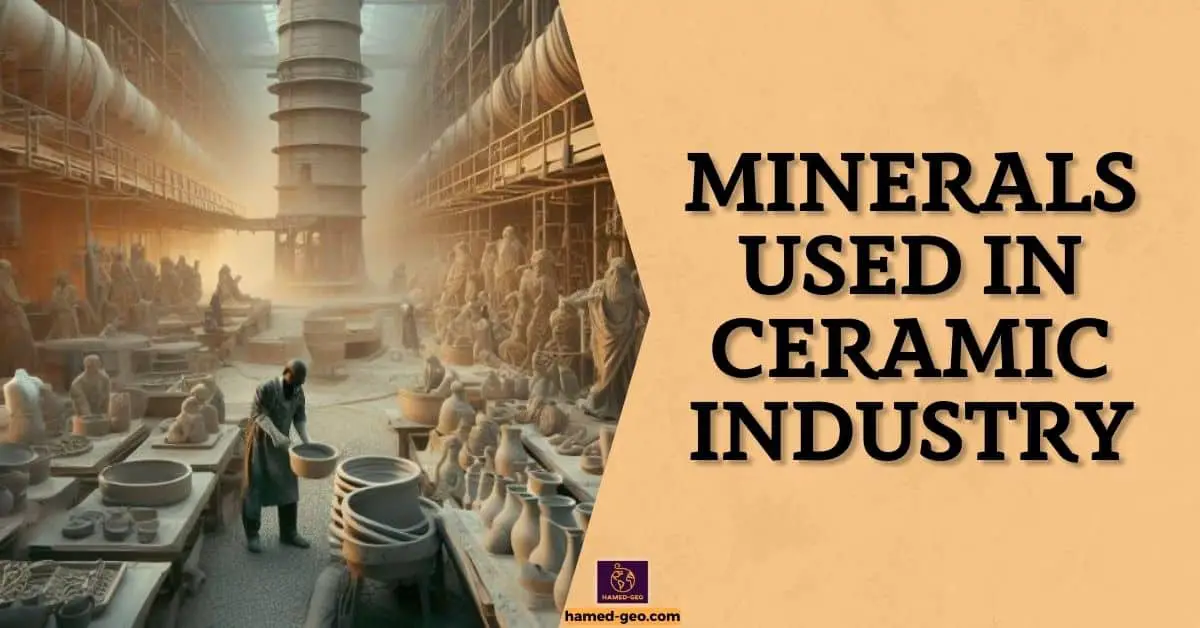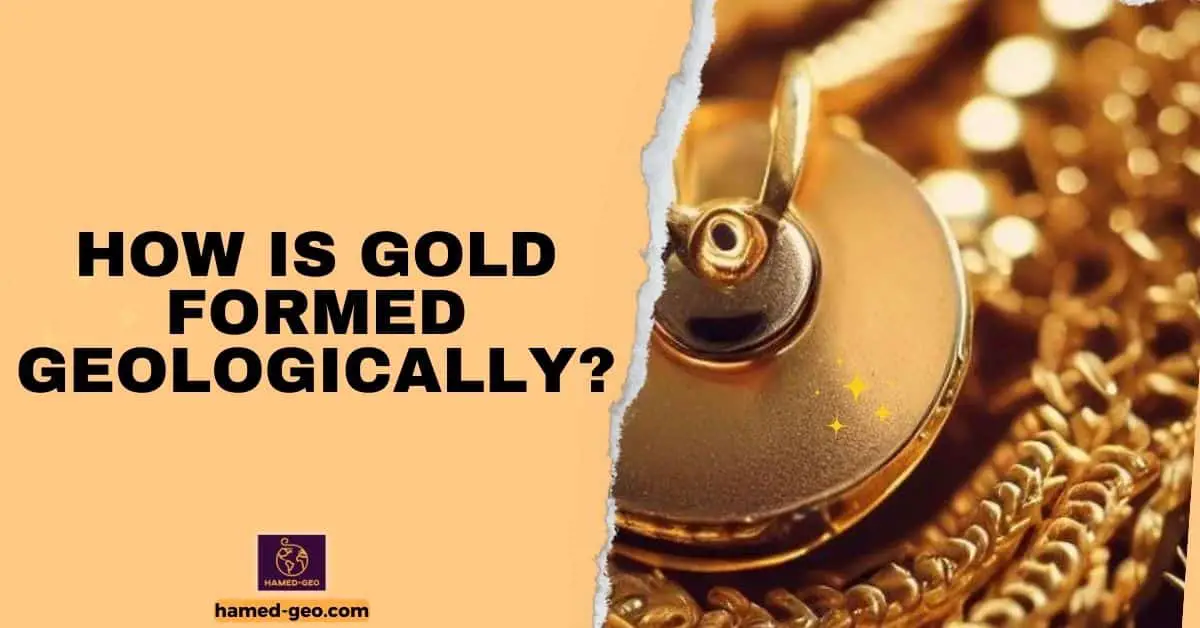Have you ever wondered how to identify minerals? We’ve all been there – you’re out on a hike or exploring the rocky shoreline and you find a rock that you’re pretty sure is a mineral. But how can you be sure? Identifying minerals can be a tricky business, but there are a few ways to tell if you’ve found a real one. This article will give you a step-by-step process for identifying minerals so that you can find your way through the minefield of modern geology.
You can learn a lot about the Earth by looking at the minerals it contains. You can use minerals to identify where a rock or a mineral came from, determine the age of a rock or a mineral, or even determine the age of the Earth itself. But how do you identify a mineral? The first step to identifying a mineral is to determine what mineral class it belongs to. Based on the dominating anion or anionic group, they are categorized into classes for instance oxides, halides, and sulfides.
You can identify a mineral in many different ways. You can feel it, touch it, see it, and even taste it. You can find minerals in the ground, in buildings, and all around you. Some minerals are soft and easy to bend, while others are hard and tough. You will learn about identifying minerals based on color, luster, and hardness, as well as the special techniques in optical mineralogy. Other properties for mineral identification include specific gravity, transparency, streak, taste, reaction with acid, magnetism, crystal Shape, effervescence, cleavage/fracture, tenacity, and fluorescence.
How to identify minerals based on color
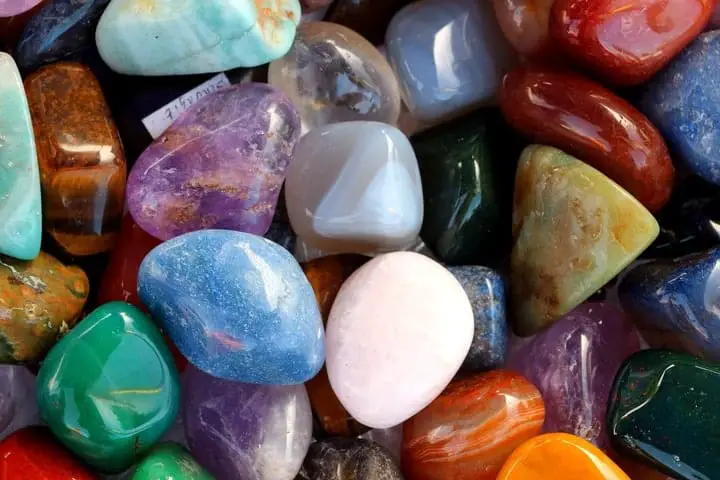
Minerals have unique colors and hues, which are determined by impurities that may be present in the mineral, such as iron, titanium, or manganese. For example, a yellow mineral can appear to be red, orange, or brown because it has iron in it. In general, light colors are associated with more impurities and darker colors with less.
How to identify minerals based on Hardness
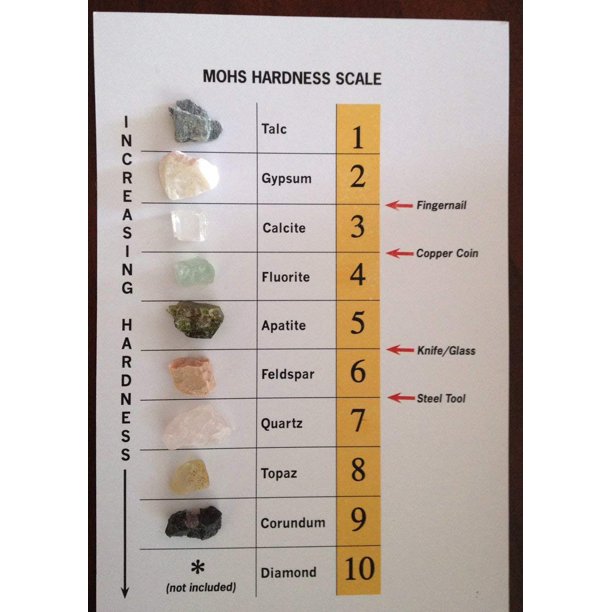
Scientists define mineral hardness by comparing how much a given mineral scratches a standard, which is made by a combination of minerals. The most commonly used scale is that of David A. Mohs (1773-1839), who broke down the scale into ten points, with ten being the most difficult to scratch. On the Mohs Scale of Hardness, minerals are ranked in a series of steps based on their relative hardness, the ability of one substance or mineral to scratch another. The hardness of a mineral is directly related to the processes it went through when it formed.
How to identify minerals based on Luster
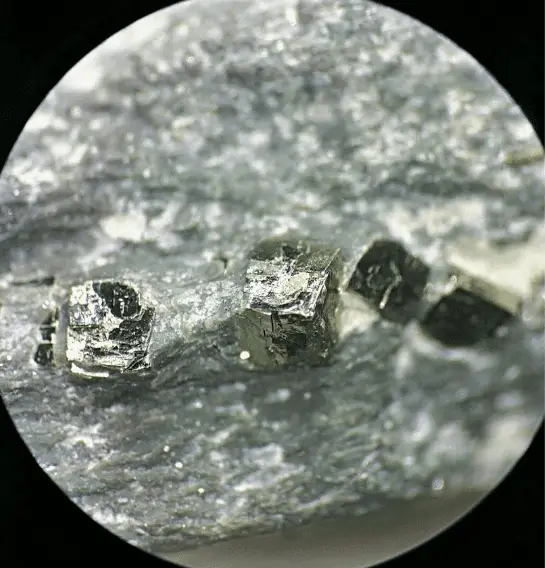
Luster is a valuable and characteristic property of a mineral. The most common form of luster is shiny, metallic shine, which occurs when light is bounced off the surface of a mineral, and is reflected back and produces a mirror-like surface. This effect occurs naturally on some minerals such as quartz and chalcedony, but can also be achieved artificially by etching a mineral with acids or using other treatments that chemically remove the surface. In general, lustrous minerals are less likely to produce dull or matte colors and tend to have greater transparency.
The most important thing to note about luster is that it is not necessarily uniform in a thin mineral. The difference in luster between a nickel-rich deposit and a nickel-poor deposit is a function of the nickel concentration in that deposit. Because luster is a visual property that tends to indicate the presence of nickel in a rock, it is used as a means of determining where to mine for the metal.
In general, minerals that include a metallic luster are composed primarily of iron, whereas minerals that lack a metallic luster are primarily composed of silica, alumina, and silicate. Metallic minerals may include copper, zinc, manganese, iron, silver, nickel, and even cobalt. Minerals such as Zeolite, quartz, feldspar, and mica are classified as silicates.
How to identify minerals based on Specific gravity
The specific gravity (relative density) of a mineral is a measurement used to determine the density of a mineral compared to water. One method to identify minerals based on specific gravity is to weigh a mineral in air and then weigh the mineral while it is in water. The specific gravity is calculated by dividing the weight of the mineral in the air by the weight of the mineral while it is in water.
Some minerals are easy to identify based on their specific gravity. For example, clear quartz has a specific gravity of 2.5. Other minerals are less easy to identify based on their specific gravity; for example, beryl has a specific gravity of 4.0. It’s prudent to note that the method is not accurate in measuring minerals embedded in other solids or minerals.
Transparency

The general topic of mineral transparency is the ability of a mineral to transmit some light or other electromagnetic wave through it. Identifying minerals using the properties of transparency and translucence is an important skill to have. There are many ways to do this, and the answer to this question depends on the type of mineral and the material that is being examined. There are also a lot of misconceptions about the properties of minerals. Transparency is simply the ability of a mineral to transmit light like a window, and translucence is simply the ability of a mineral to reflect light like a mirror.
Transparency is often used to measure the optical properties—transparency and opacity, see-thoroughness, and opaque—of a mineral. The typical definition refers to a mineral that allows light to pass through it. A mineral that is transparent is said to have no inclusions or other characteristics that disrupt the flow of light. Minerals that are transparent are not easy to identify based on their appearance alone. Transparent minerals are often hard to detect with the naked eye. A mineral such as quartz can range from opaque to transparent. Transparent minerals may also be colored by impurities in the mineral or by exposure to natural elements.
Streak
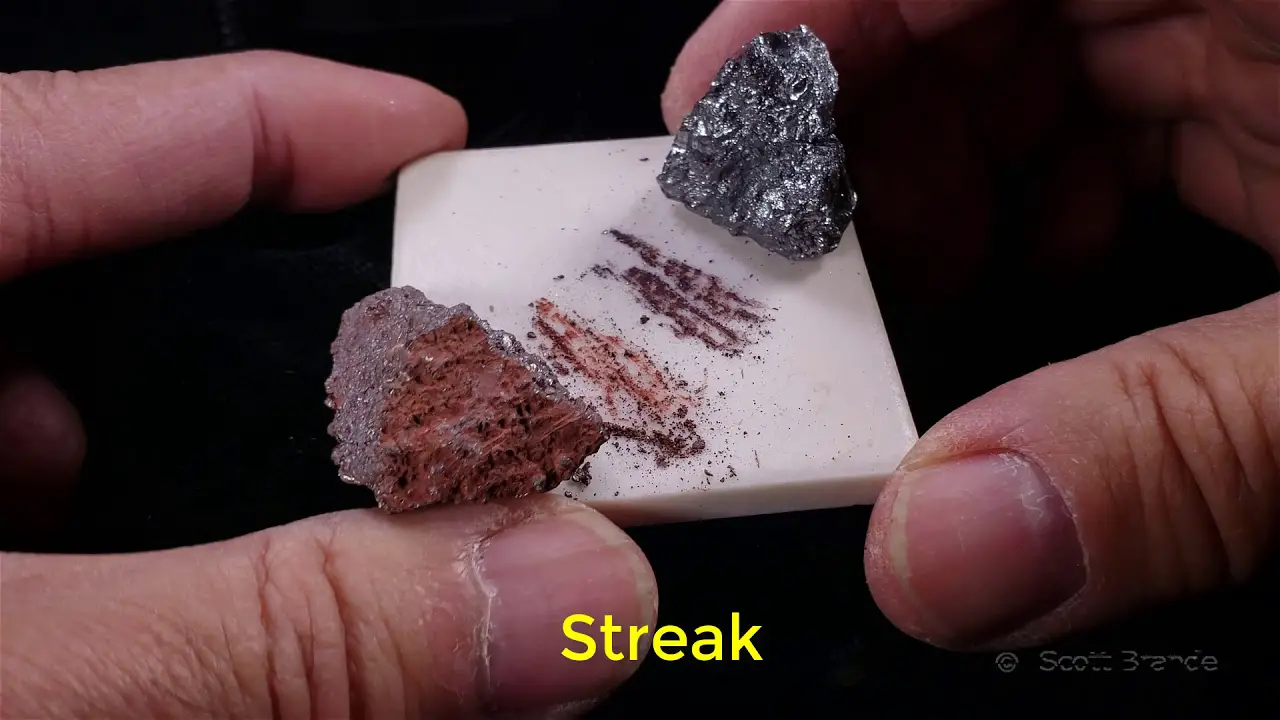
The streak is the color of the powdered mineral and is often found by scratching the sample on an unglazed white porcelain streak tile. Even with the presence of impurities, the color of the streak is a reliable indication of the type of the mineral. Streak tests are a simple way to identify minerals. Most minerals will have a characteristic color when streak tested. However, impurities will often cause the color to change.
The streak is a reliable way to identify minerals and is a skill that can be learned with a little experimentation. Most schools and museums have streak plates available for students to use and the best place to learn about this technique is by experimenting with minerals of your own.
Taste
Sometimes, the taste of a mineral crystal can help identify it. Taste is one way to help identify the minerals in rocks and minerals that are naturally occurring. For example, halite crystals often have a salty taste, which can help identify them. Other minerals may have unique smells or tastes that can be identified as being related to the mineral family. However, the taste of minerals is not always easy to identify. Sometimes, the taste of a mineral can be very similar to the taste of another mineral.
Reaction with acid
One of the easiest ways to identify minerals is to observe the reaction they have with acid. Most minerals will dissolve in acid, causing the solution to become colored, sticky, and/or fizzing. When hydrochloric acid is introduced, calcite effervesces, which is its most distinctive feature. On a newly shattered or powdered surface, dolomite reacts. Strong white vinegar can be used in place of hydrochloric acid in several tests for limestone, calcite, or dolomite, which requires 10% hydrochloric acid. This will change the color of the sample, but not the minerals identified. When hydrochloric acid is applied to limestone, a white crystalline precipitate appears.
Magnetism
There are several ways to identify minerals based on their magnetic properties. Perhaps the most obvious way to do this is to use a magnetic field to detect the orientation of a mineral’s magnetic vector. This can be done by placing a mineral sample in a strong magnetic field and observing the direction in which it aligns with the field. Most minerals are magnetic in some way, but some are strongly magnetic while others are barely magnetic. Some minerals, such as chromite and pyrrhotite, exhibit strong magnetism.
How to identify minerals based on Crystal shape

When you look at a mineral, the first thing you notice is its shape. The shape of a mineral crystal is an important clue to its composition and origin. Some crystal shapes are so recognizable that they have become clichés: octahedral diamonds, dodecahedral emeralds, and so on. Other crystal shapes are less obvious, but still easy to identify if you know what to look for. Often, a mineral will crystallize in the shape of the lattice structure of its chemical composition, which can be used to identify it.
Effervescence
Effervescence is a phenomenon that occurs when a small amount of acid is added to a mineral. Through this reaction bubbles of carbon dioxide gas are released, which signal the presence of carbonate minerals such as calcite or dolomite. The first thing you should do when trying to identify a mineral is to test its effervescence. All that you need to do is add a small amount of acid to a mineral, and if it starts to fizz, then you have found something interesting.
How to identify minerals based on Cleavage/fracture

Cleavage refers to the splitting into crystals along a specific plane. It can be vertical, horizontal, or both. Two crystals with the same cleavage will have the same orientation and plane of fracture. The plane of fracture of a mineral is often indicated by a plane of anastomosis; two cleavage planes converge at the anastomosis plane and hence share the same orientation.
Mica has cleavage planes which frequently allow it to break into flat sheets. These sheets are called cleavage/fracture planes. These planes are weak due to the atomic structure of the mica. Mica has one cleavage plane which allows it to break into flat sheets.
Tenacity
The ability of a mineral to resist breaking is known as its tenacity. The higher a mineral’s tenacity, the harder it is to break. The following terms are used to describe a mineral’s tenacity: When something is malleable, it may change shape without breaking and be flattened into a thin sheet (gold, copper). Brittle minerals will break into angular pieces when touched or handled, while malleable minerals can be flattened into a thin sheet without breaking. Generally, metals are sectile minerals, which can be cut with a knife or other instrument.
Fluorescence
Fluorite and willemite are examples of minerals that fluoresce when seen under a UV light. Fluorescence is a light effect caused by light interacting with a chemical compound, which in turn produces a light effect, such as a glowing halo around the mineral. This effect is not only caused by minerals, but also by organic matter, hydrocarbons, and other substances contained in the mineral. When looking at minerals under a UV light, you can see that fluorite and willemite glow in the pinkish range under a short-wave UV light and in the bluish range under long-wave UV light, producing different-colored halos around them. Fluorescent minerals are found in many different places throughout the world, and they are part of most gemstones.
Polarization microscopes
Polarization microscopes are microscope instruments used to polarize light by passing light through a glass prism or a polarizer to increase or decrease the amount of light transmitted through the prism or polarizer. Polarization microscopes are good for revealing an object’s three-dimensional shape, as well as the arrangement of defects in it hence ideal for identifying minerals. The light is split into a perpendicular (orthogonal) polarization using a linear polarizer or a circular polarizer.
X-ray diffraction
X-ray diffraction (XRD) is a physical phenomenon in which X-ray radiation is reflected and diffracted off a crystalline material (such as a mineral, rock, or soil) and is recorded on film. It has become an essential part of mineral identification and characterization, geochronology and rock dating, and geology. X-ray diffraction patterns are used to identify minerals, minerals that have been altered by metamorphism, minerals that have been weathered, and minerals in their native state. Despite its name, X-ray diffraction is a non-radioactive version of a spectroscopic test used to identify minerals.
